New World avian native Passenger pigeon (Ectopistes migratorius) favored chestnuts in their diet and sheltered in American Chestnuts.
Martha, last-known passenger pigeon, died at Cincinnati Zoological Garden on September 1, 1914; her taxidermied body currently is on display through September 2015 via Once There Were Billions exhibit at Smithsonian National Museum of Natural History.
National Museum of Natural History, National Mall, Washington DC: Ph0705, CC BY SA 4.0, via Wikimedia Commons @ https://commons.wikimedia.org/wiki/File:Martha,_the_last_Passenger_Pigeon._Natural_History_Museum,_June,_2015._Digital_photo,_cropped_and_brightened.jpg
The altitude-specific range of the American Chestnut (Castanea dentata) reveals the New World native's affinity for the Appalachian Mountains of eastern North America.
Elbert L. Little Jr., Atlas of United States trees, volume 4 (1977), Map 27-NE: USGS Geosciences and Environmental Change Science Center, Public Domain, via Wikimedia Commons @ https://commons.wikimedia.org/wiki/File:Castanea_dentata_range_map_2.png; Not in copyright, via Biodiversity Heritage Library @ https://www.biodiversitylibrary.org/page/42043928
1943 photo of dead American Chestnut; death was caused by chestnut blight (Cryphonectria parasitica)
"chestnut blight or canker (Cryphonectria parasitica) (Murrill) M.E. Barr": USDA Forest Service - Northeastern Area Archive, USDA Forest Service, Bugwood.org, CC BY 3.0, via Forestry Images @ https://www.forestryimages.org/browse/detail.cfm?imgnum=1396146; Public Domain, via Wikimedia Commons @ https://commons.wikimedia.org/wiki/File:Cryphonectria_parasitica_trees_dead.jpg
American Chestnuts were treasured both as backdrops and as mainstays for social activities from colonial times through the 19th century.
"Gathering Chestnuts"; engraving of scene at Philadelphia's Fairmount Park by James W. Lauderbach (1830-1898)
Art Journal, New Series, vol. 4, issue 37 (1878), page 2; Public Domain, via JSTOR @ https://www.jstor.org/stable/20569163; via Internet Archive @ https://archive.org/details/art-journal-us_1878_4_37/page/2/mode/1up
26th US President Theodore "Teddy" Roosevelt chops a fallen tree at Sagamore (Algonquin: "Chieftain") Hill, his beloved estate that served as Summer White House during his presidency (September 14, 1901 – March 4, 1909).
In 1910, after leaving the presidency, Theodore Roosevelt dropped his captivating, ebullient demeanor as he sadly chopped American Chestnuts stricken by the blight at Sagamore.
Sagamore Hill, Cove Neck, North Shore of Long Island, New York; ca. September 11, 1905: No known restrictions on publication, via Library of Congress Prints and Photographs Division @ https://www.loc.gov/item/2009631368/
America poet Henry Wadsworth Longfellow (February 27, 1807–March 24, 1882) immortalized American Chestnut's iconic role in US cultural history via opening lines of The Village Blacksmith (1840): "Under a spreading chestnut tree the village smithy stands".
1840 sketch by H.W. Longfellow of the American Chestnut on Brattle Street in Cambridge, Massachusetts, that he memorialized in his poem; when the tree was cut down, the poet was gifted with a chair made from its wood.
Longfellow's Life and Legacy by NPS Longfellow National Historic Site, p. 22: Public Domain, via National Park Service @ https://www.nps.gov/long/learn/education/upload/Longfellow-s-Life-Legacy.pdf


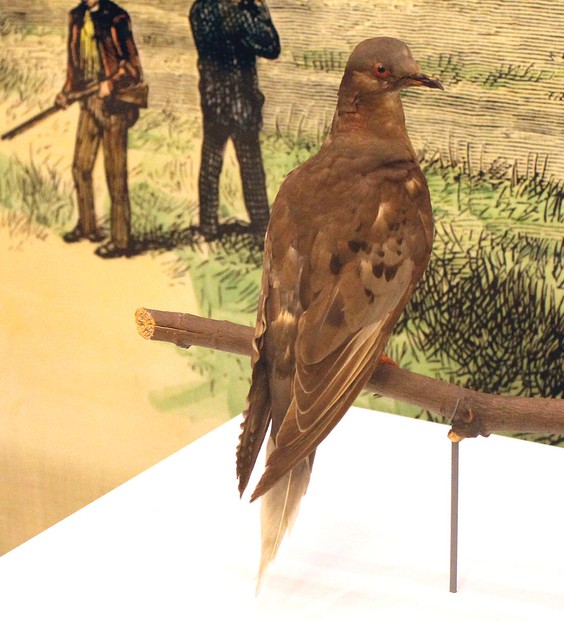
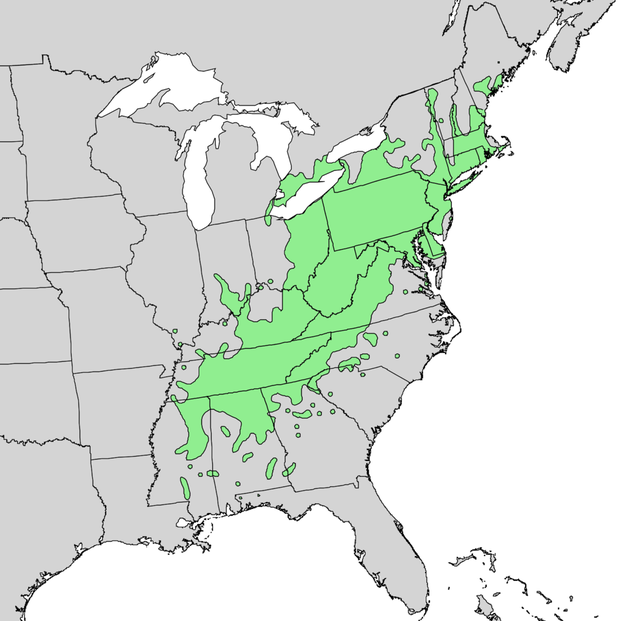
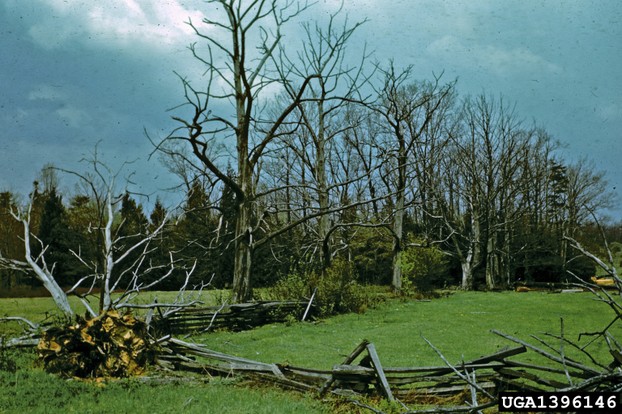
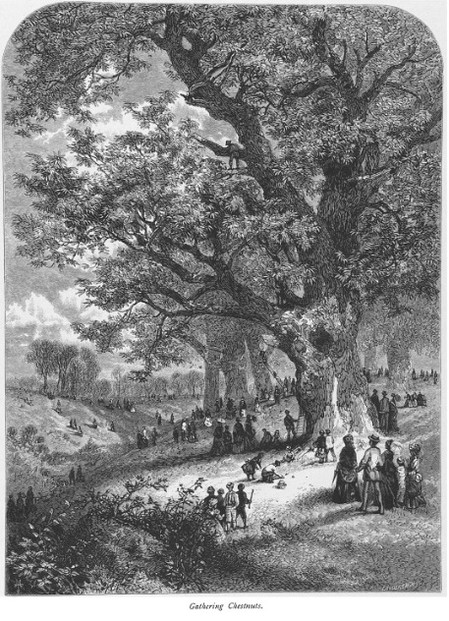
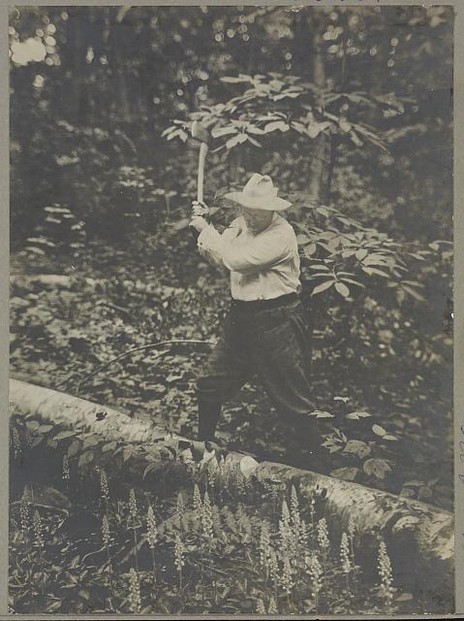
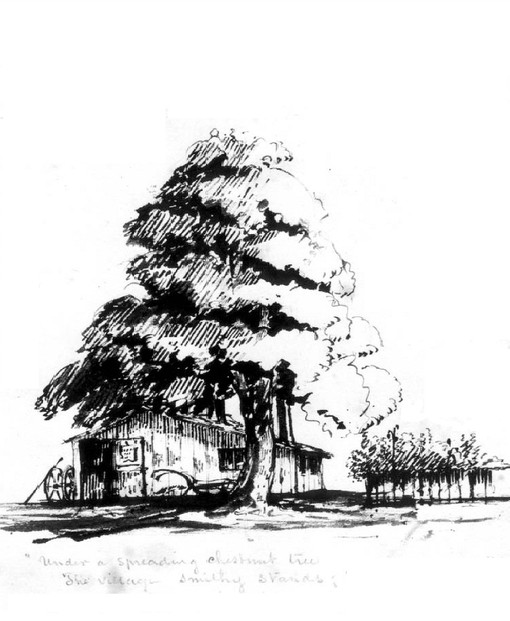


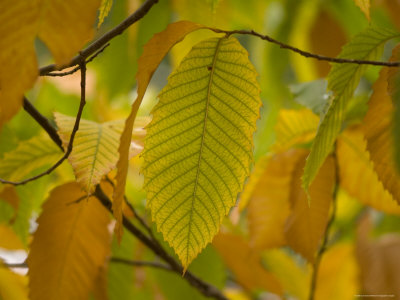
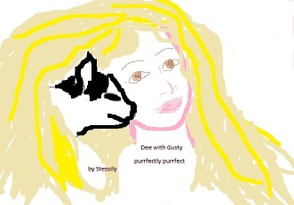
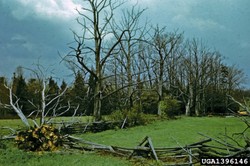

 Are Hawaiian Huakai Po Nightmarchers Avenging Halloween Thursday?on 10/02/2024
Are Hawaiian Huakai Po Nightmarchers Avenging Halloween Thursday?on 10/02/2024
 Mailing Addresses for 2023 Form 4868 Extending 1040 and 1040SR April 15, 2024, Due Dateon 04/15/2024
Mailing Addresses for 2023 Form 4868 Extending 1040 and 1040SR April 15, 2024, Due Dateon 04/15/2024
 Mailing Addresses for 2023 Forms 1040 and 1040SR Filed in 2024on 04/15/2024
Mailing Addresses for 2023 Forms 1040 and 1040SR Filed in 2024on 04/15/2024
 Mailing Addresses for 2022 Form 4868 Extending 1040 and 1040SR April 18, 2023, Due Dateon 04/13/2023
Mailing Addresses for 2022 Form 4868 Extending 1040 and 1040SR April 18, 2023, Due Dateon 04/13/2023

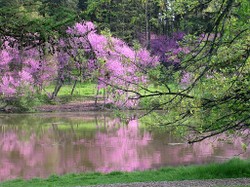
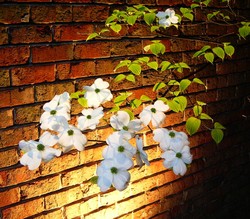
Comments
WriterArtist, Thank you for visiting and writing so wonderfully about trees in general and our world's chestnut trees in particular,
You're absolutely correct.
The chestnut tree in the south lawn houses rare eastern bluebirds, among my favorite sentient avian species.
Within the last few years arboricultural researchers published their findings that trees keep on enriching the soil and the soil food web even when they are no more than above-ground stumps and below-ground roots.
Hi DerdriuMarriner - The pictures you have posted speak volumes of the Chestnut trees. The American Chestnut tree looks majestic in the full view. All big trees are a boon to the Nature, for they house several and some rare species of birds. If trees go extinct, so do the species dependent upon the tree. Even after a tree dies, it is used as fuel and in the forest it serves to enrich the soil. I find joy in all kinds of trees, just looking at them brings me peace.
candy47, It must have been one of the chestnuts that Virginia Tech Professor Gary Griffin predicted would outlive the blight, which affected trees in record time! Do you have any pictures or is this just a beautifully fond memory that you're one of the lucky ones to have? It's fun to reminisce about chestnuts -- ;-] -- over tea!
There was a beautiful chestnut tree in front of our house in the 1950's. The tree has been gone a long time now. Thanks for the morning read with my tea!